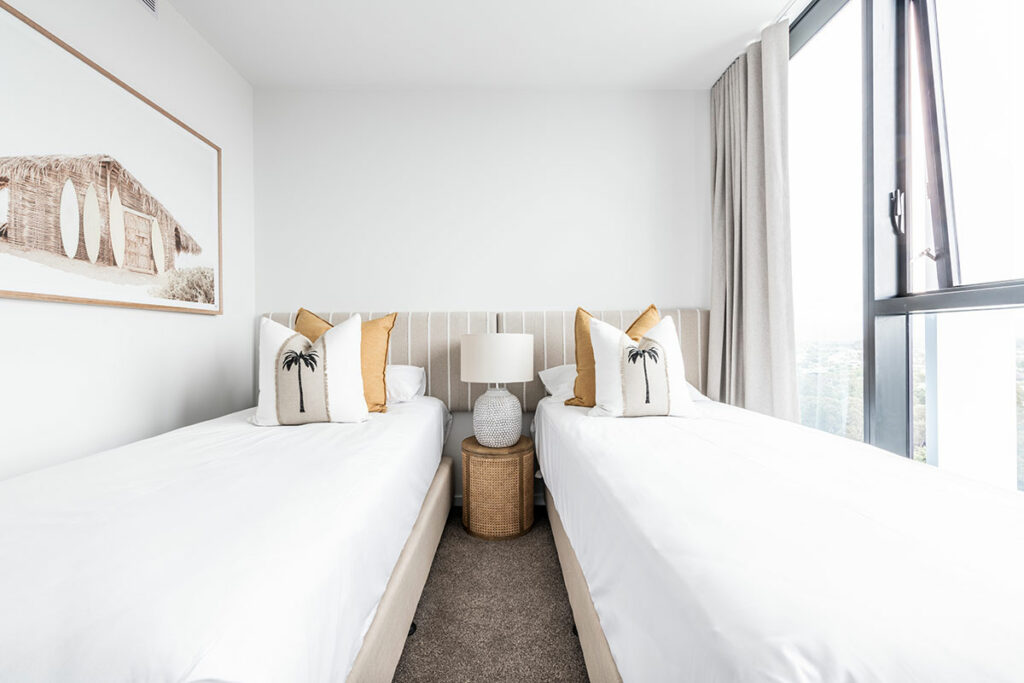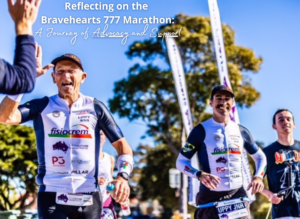Many considerations are needed when styling a home, especially if you live in an apartment.
Some of the first things you need to evaluate are the scale and size you’re working with, how you need it to function, how you’d like to ideally design your space, how you would like it to feel, and set a firm budget.
Interior Design professional Linda Hamilton, founder and director of Urban Edge, has shared some of her coastal apartment styling tips with us.
1. Avoid trends
It can be easy to succumb to trends when it comes to fashion and styling, but Linda’s best advice when it comes to styling an interior space is to stay clear of trends.
“Here at Urban Edge, we don’t typically follow style trends. All trends are ultimately a fashionable rotation of style,” Linda said.
“While they may seem attractive and fun, trends ultimately leave your home looking and feeling dated very quickly.”
2. Incorporate styles
Linda’s advice for avoiding trends is to stick to utilising styles instead. Giving a space “timeless character” will ensure your home stands the test of time and still looks modern for years to come.
“Trends are often easily replicated and change so quickly, that in most cases the trend is over, or over- used by the time you incorporate it into your space. By selecting a style base as a foundation for your design, a timeless thread can then link trend-based pieces in a way that will allow the items to be unique and elegant to stand the test of time,” Linda said.
“We are seeing a range of styles at the moment. On the Gold Coast, we are seeing lots of coastal-but with a warmer palette base, Boho and Palm Springs. Australian contemporary is very in as well, which is quite minimalist but not stark.”
3. Use layers
Layering a room can really make all the difference. It can turn a home from looking dull and flat, to giving it life and depth by having varied points of interest by using different tones and textures and finishes.
“Layering plays a huge role. Our advice for bringing life into a home is making sure everything each layer communicates with another, we don’t need/ or want everything to match perfectly,” Linda said.
“For example, you don’t need to have everything in the same colour of green. Mix up your tones, textures, soft and hard furnishings, and accessories. It’s important to have a solid foundation, but layer it up and create contrast.”
4. Don’t skimp on outdoor furniture
Living coastal means you need to consider what types of furnishings and finishings you use.
“Our number one tip when it comes to selecting outdoor furniture is to never skimp,” Linda said.
“We live on the East Coast of Australia and inexpensive furniture is unlikely to last 12-months. Be prepared to put quite a bit of budget into your outdoor furniture so these pieces can withstand the elements.
“Colour selection is important too. Those living in coastal areas generally want lighter tones, but utilising darker tones can really help make a space interesting, create depth and provide a nice foundation.”
To find out how Urban Edge styled The Monroe and The Del Ray, read here.
To find out more about Urban Edge, visit https://urbanedgestyle.com.au/
*The information provided in this document has been prepared as a guide and does not constitute advice. Every effort has been made to ensure the information is complete and accurate. The information has been provided in good faith and with due care. The developer and seller of this project makes no representation (expressed or implied) as to the accuracy, adequacy or reliability of any statements, data, images or information contained within. Lacey Group Pty Ltd reserves the right to make changes to the contents of this document at any time. Whilst all endeavours have been made to ensure the content of this document is correct at the time of publishing, the information it contains is to be used as a guide and for information purposes only.












